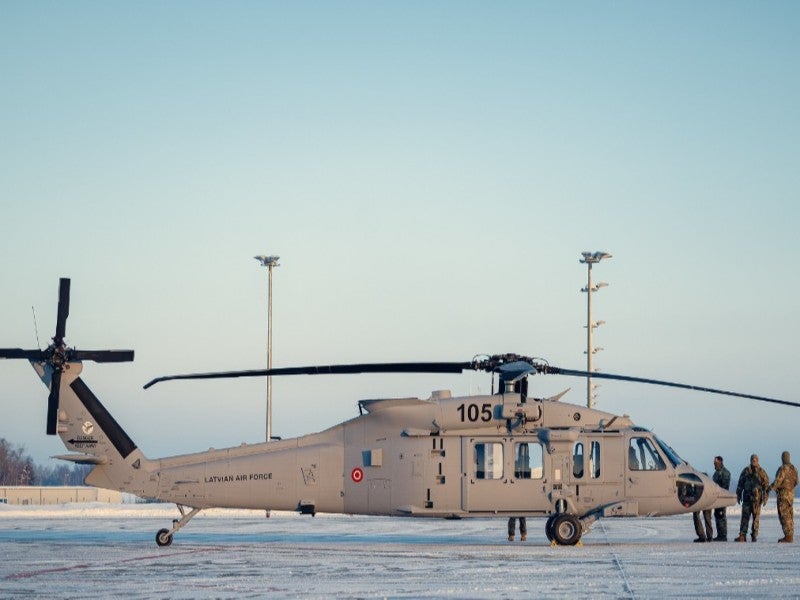Above and Beyond: Uh-60 Black Hawk Goal Preparation and Implementation Basics
Above and Beyond: Uh-60 Black Hawk Goal Preparation and Implementation Basics
Blog Article
The UH-60 Helicopter: Navigating Through Its History, Layout, and Substantial Role in Aviation
The UH-60 helicopter, frequently described as the Black Hawk, stands as a testament to the improvements in aeronautics technology and its indisputable influence on both military and civilian operations. From its humble beginnings to its present standing as an icon of integrity and versatility, the evolution of the UH-60 has actually been marked by continuous development and adaptation to meet the developing requirements of the air travel sector. As we dive into its background, style complexities, and the critical function it plays in different sectors, a much deeper recognition for this iconic helicopter arises, clarifying the substantial contributions it has made to the world of aeronautics.
Development of the UH-60 Helicopter

The development of the UH-60 helicopter can be traced back to the requirement for a versatile and trustworthy utility airplane that could satisfy the requiring needs of contemporary armed forces procedures. Developed by Sikorsky Airplane, the UH-60 Black Hawk initially took flight in 1974, with the U.S. Military becoming its primary operator. Over the years, the UH-60 has actually undertaken several upgrades and variations to boost its capabilities and performance.

Style Innovations and Attributes

Furthermore, the UH-60 includes a sophisticated avionics suite that consists of sophisticated navigation systems, interaction tools, and electronic displays. These technical advancements boost situational recognition for the staff, improving general objective performance and safety. The helicopter's sizable cabin style assists in quick and easy loading and unloading of soldiers, devices, and casualties, making it a versatile property for armed forces procedures and calamity alleviation efforts.
In addition, the unification of composite materials in vital structural parts lowers weight while keeping toughness, increasing the UH-60's efficiency and fuel performance. The UH-60 helicopter's innovative design components collectively add to its credibility as a very capable and reliable airplane in both military and private aeronautics industries.
Army and Private Applications
With flexible abilities fit for an array of functional requirements, the UH-60 helicopter offers both armed forces and noncombatant fields successfully. The UH-60's innovative avionics, defensive systems, and adaptability have solidified its setting as a foundation of armed forces helicopter fleets.
In the private sector, the UH-60 serves a wide range of purposes, including firefighting, police, emergency clinical solutions, and business transportation. Its dependability, ability to move, and large cabin make it a prominent option for utility missions. Additionally, the UH-60's flexibility for VIP transportation and overseas operations further highlight its significance in noncombatant applications. Whether in check this army or private usage, the UH-60 have a peek at this website helicopter remains to verify its worth as a flexible and essential aerial system.
Effect on Aviation Procedures
Having developed its importance in noncombatant and armed forces applications, the UH-60 helicopter's influence on aviation operations extends past its versatile capacities to affect a vast variety of airborne objectives. In military settings, the UH-60 plays a critical role in troop search, rescue and transport operations, clinical evacuation, and special operations sustain. Its ability to quickly browse varied terrains and negative climate condition makes it a useful asset in making sure mission success and workers safety and security. In addition, the UH-60's flexibility permits for rapid implementation and removal of soldiers in fight zones, enhancing functional performance and dexterity.
In noncombatant operations, the UH-60 serves numerous essential features, such as firefighting, regulation enforcement support, calamity relief efforts, and aerial studies. uh-60. Its convenience allows quick feedbacks to emergencies and natural disasters, aiding in conserving lives and shielding areas. Furthermore, the UH-60's reliability and endurance his explanation make it a favored selection for energy objectives, consisting of transportation of freight and workers to remote locations. On the whole, the UH-60 helicopter considerably impacts air travel operations by providing unmatched capacities and support across a wide spectrum of objectives.
Future Advancements and Prospects
The advancement of the UH-60 helicopter is poised to change air travel capacities and reshape functional standards in the coming years. Advancements in modern technology and design are driving the advancement of next-generation UH-60 variants that guarantee raised speed, dexterity, and objective versatility. One essential location of focus for future UH-60 designs is boosting independent capabilities to enhance functional performance and safety and security. By incorporating sophisticated independent trip systems, the UH-60 can reduce pilot workload, allow complicated missions in challenging atmospheres, and boost total mission effectiveness.
In addition, there is an expanding focus on sustainability and gas efficiency in the design of future UH-60 helicopters (uh-60). Suppliers are exploring new products, propulsion systems, and aerodynamic enhancements to reduce ecological influence and operating prices. These advancements not just profit the atmosphere but also contribute to the lasting stability and competition of the UH-60 in the quickly developing aviation sector
Conclusion

The UH-60 helicopter, commonly referred to as the Black Hawk, stands as a testimony to the innovations in aeronautics modern technology and its obvious influence on both army and noncombatant procedures.Having actually developed its relevance in private and armed forces applications, the UH-60 helicopter's effect on aviation operations expands past its functional abilities to influence a broad range of aerial goals. On the whole, the UH-60 helicopter dramatically influences air travel operations by supplying unequaled abilities and support throughout a wide range of missions.
The evolution of the UH-60 helicopter is poised to revolutionize aeronautics abilities and reshape functional paradigms in the coming years. As technology proceeds to advance, the future growths and potential customers for the UH-60 helicopter remain encouraging, ensuring its continued significance in the field of aviation.
Report this page